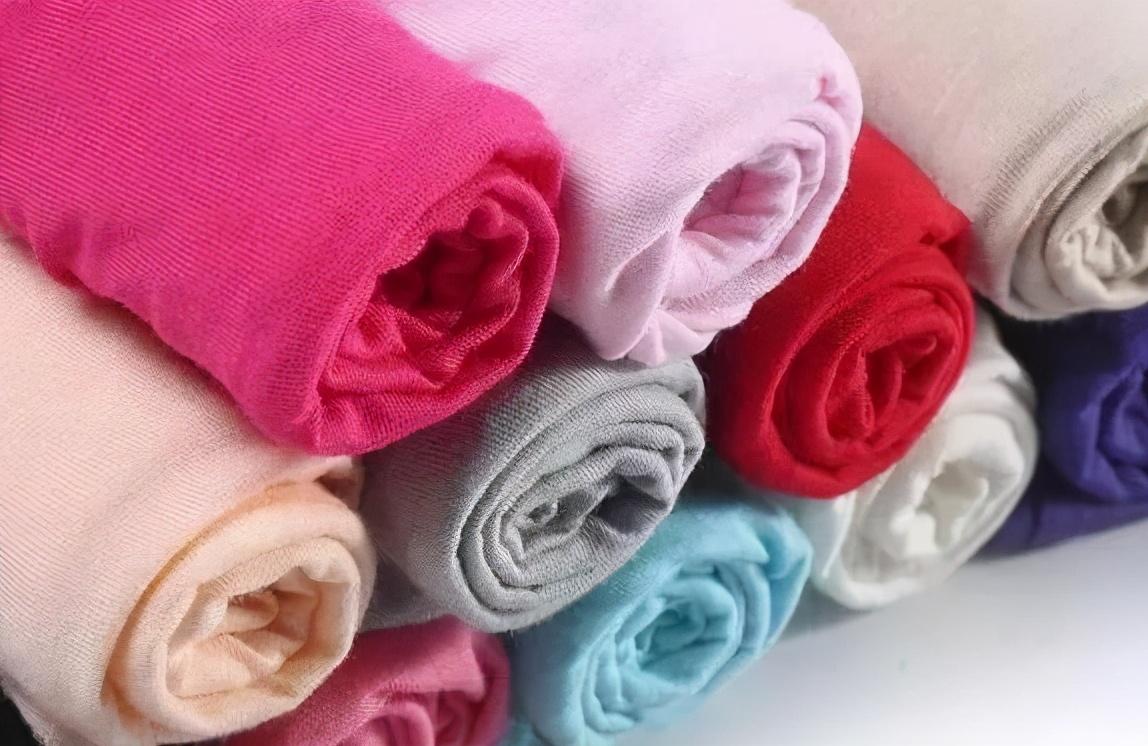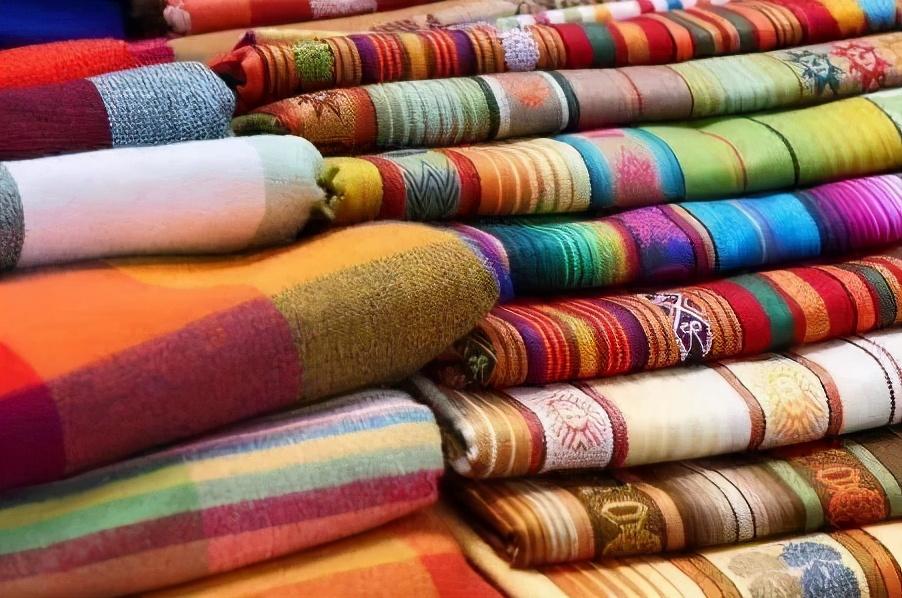Insufficient fabric weight is not a big problem and has little impact on regular trade. However, when it comes to export orders or specific trade, the weight is often the most critical link. A large order was placed, but in the end the order was canceled or claimed due to insufficient weight. The following explains the 8 major reasons for insufficient weight.

1. Not produced according to specifications, with insufficient weft density and warp density
2. Insufficient fineness (thickness) of raw materials, There is a lower deviation from the nominal fineness
3. Insufficient moisture regain. Fabrics that have been printed and dyed lose a lot of moisture during drying, and the specifications of the fabric refer to the weight under standard moisture regain. Therefore, when the weather is dry and the dried cloth has not fully regained moisture, the weight will be insufficient, especially for natural fibers such as cotton, linen, silk and wool, and the deviation will be very large
4. The original yarn is in the weaving process. Greater wear during the process will cause excessive hairiness to fall off, resulting in thinner yarn and lower weight.
5. Re-dying during the dyeing process will cause large yarn losses and cause the yarn to become thinner.
6. During the singeing process, the excessive firepower of the singeing will cause the cloth surface to be too dry, and the yarn will be damaged during desizing, causing it to become thinner.
7. The damage caused by caustic soda to yarn during mercerization.
8. Damage to the cloth surface caused by scratching and sanding.

Therefore, we need to analyze whether the yarn count and density are correct. Cut the two warp yarns and two weft yarns along the four sides of the sample fabric into a rectangle or For a square, use a steel ruler to measure its length and width (cm), then find the area of the gray fabric sample after cutting it (square centimeters), and weigh it on a balance (milligrams).
The simple calculation formula compares the weight of the gray cloth with the weight of the finished cloth sample. Under normal circumstances, the difference within +5 grams is within the normal range. Large differences require careful analysis. Based on our many years of experience, we have summarized a few rules:
(1) Polyester-cotton or polyester-nylon blended yarn and chemical fiber yarn have conversion constants greater than 583.1 of pure cotton. The same yarn count has a larger number, so the calculated weight is smaller than the actual weight;
(2) The strands are made of two or more single yarns twisted together. , due to twist shrinkage, the actual yarn count is thicker, the calculated error is small, and the actual yarn count is small. When the warp and weft yarns are both strands, the difference is large;
(3) Open-end spinning is a short fiber yarn , there is more loss during pre-treatment and scouring during printing and dyeing, and the calculated weight is larger than the actual weighing
;
(4) The weight after washing is 5-6.5% larger About;
(5) When dyeing dark colors, due to the weight of the dye, the calculated weight is slightly larger than the actual weighing;
(6) The calculation of bleached blanks and light-colored blanks is slightly different from the actual weight The weight is slightly larger;
(7) The weight after coating is 3-7% heavier;
(8) The weight after sanding is 3.5-6% lighter.

I wonder if the above has helped you? If you want to know more, follow us like a visitor!







